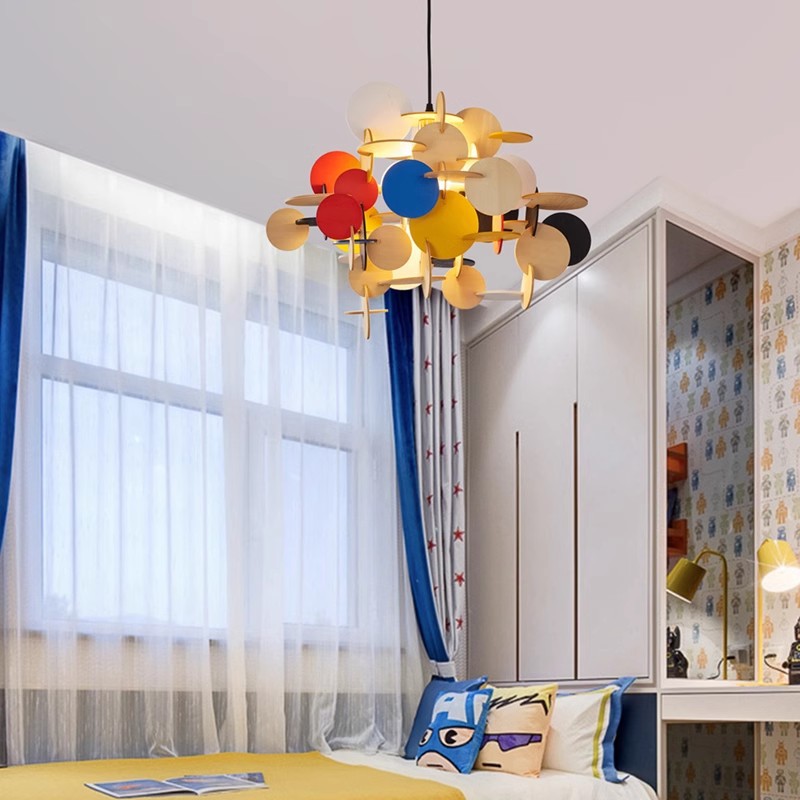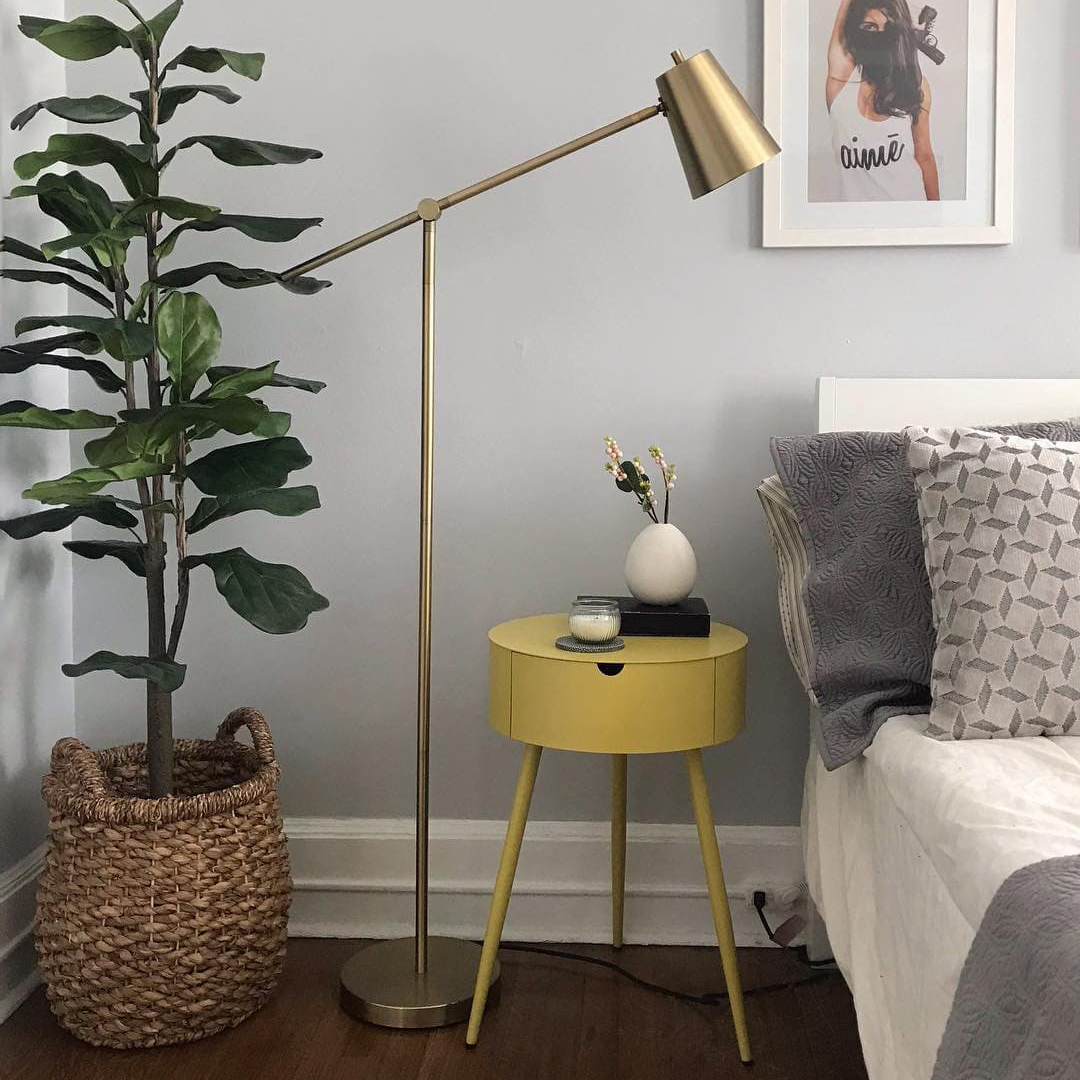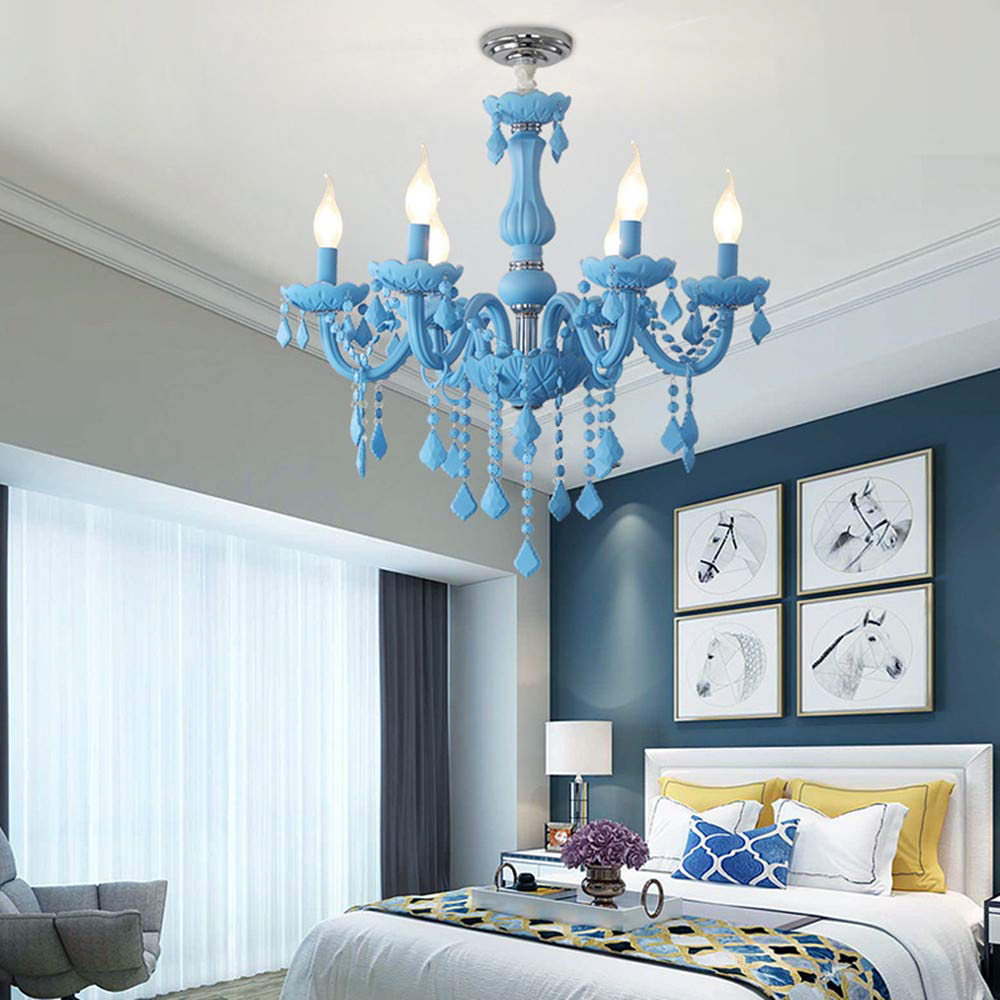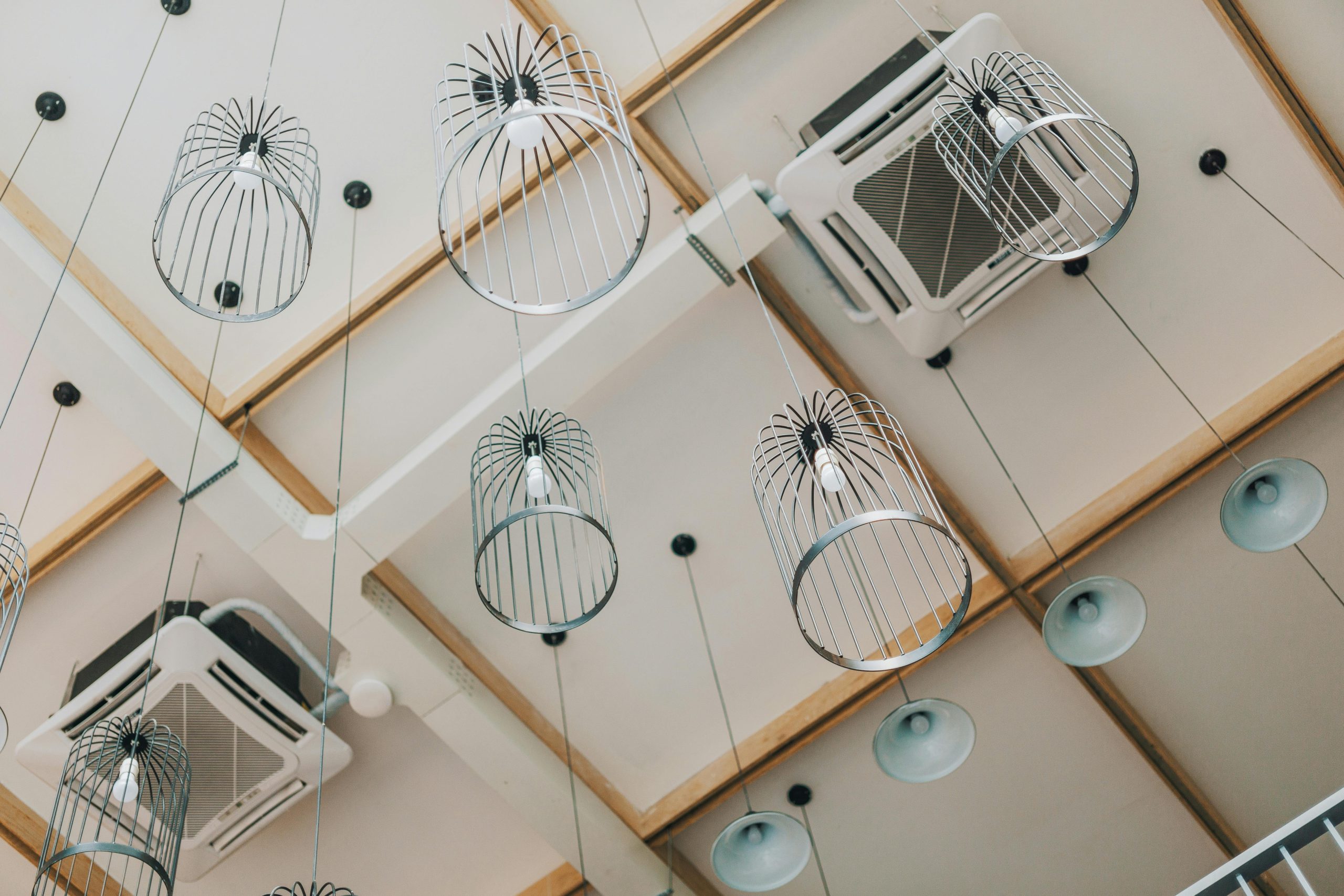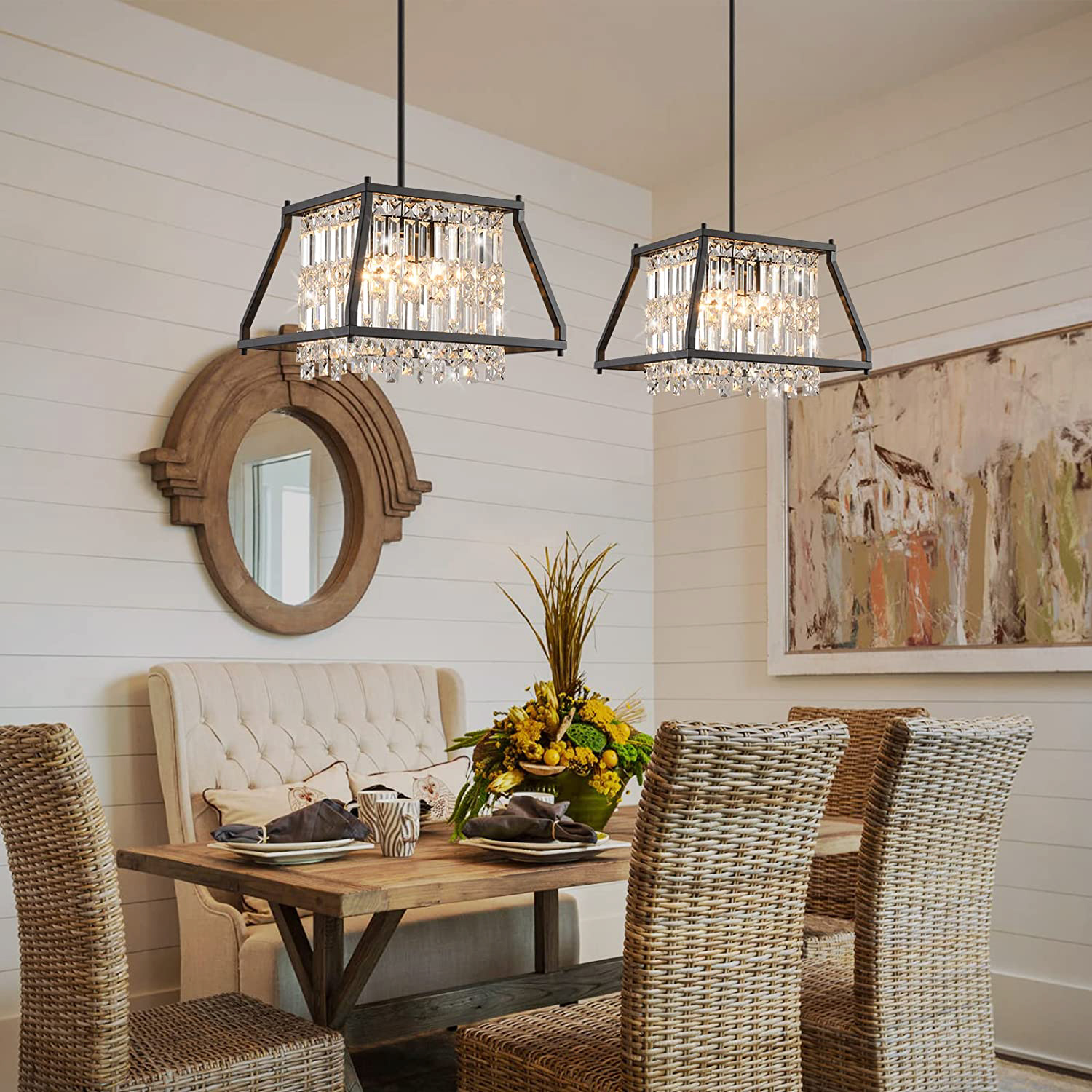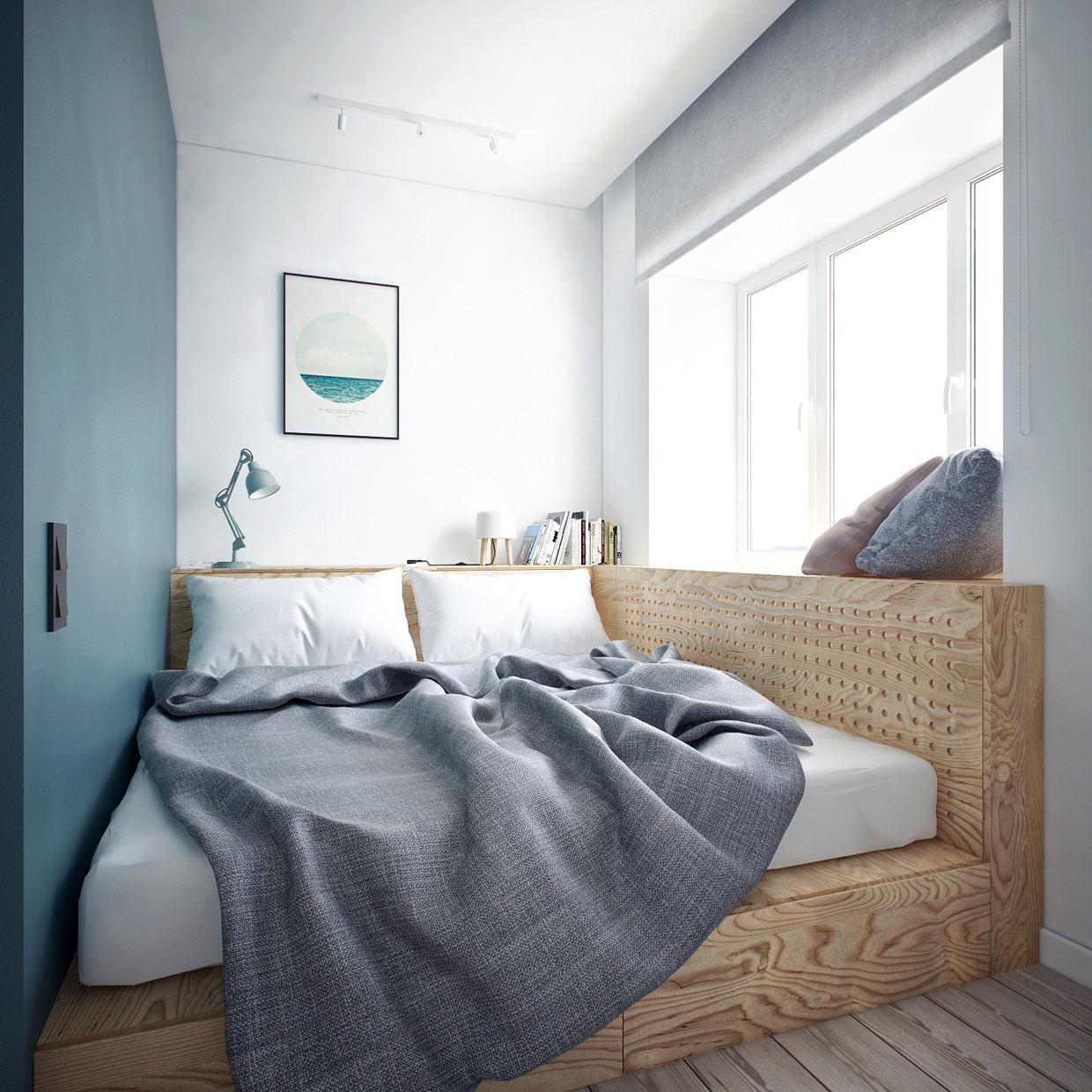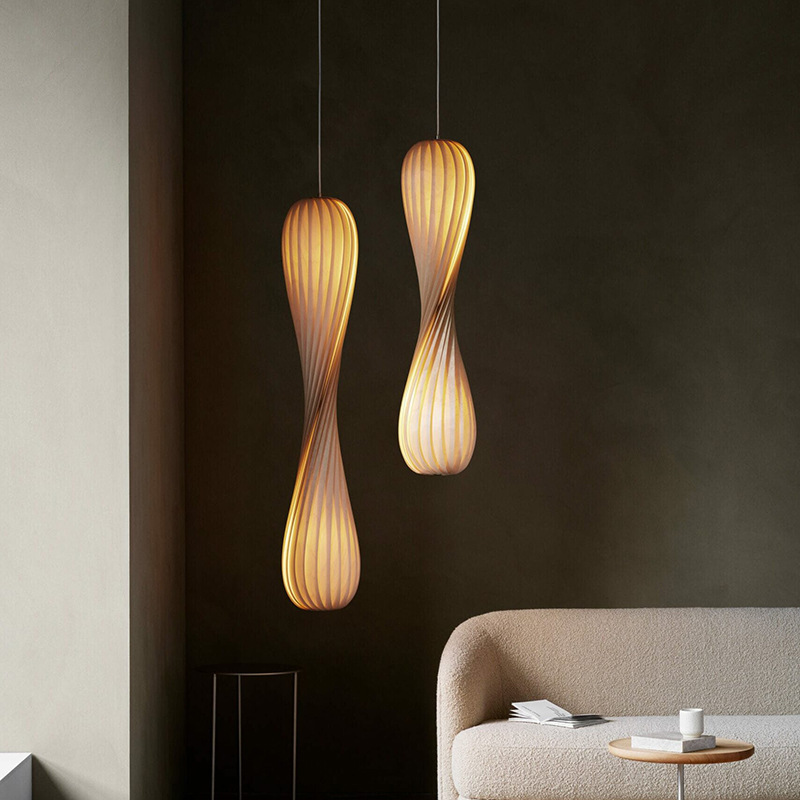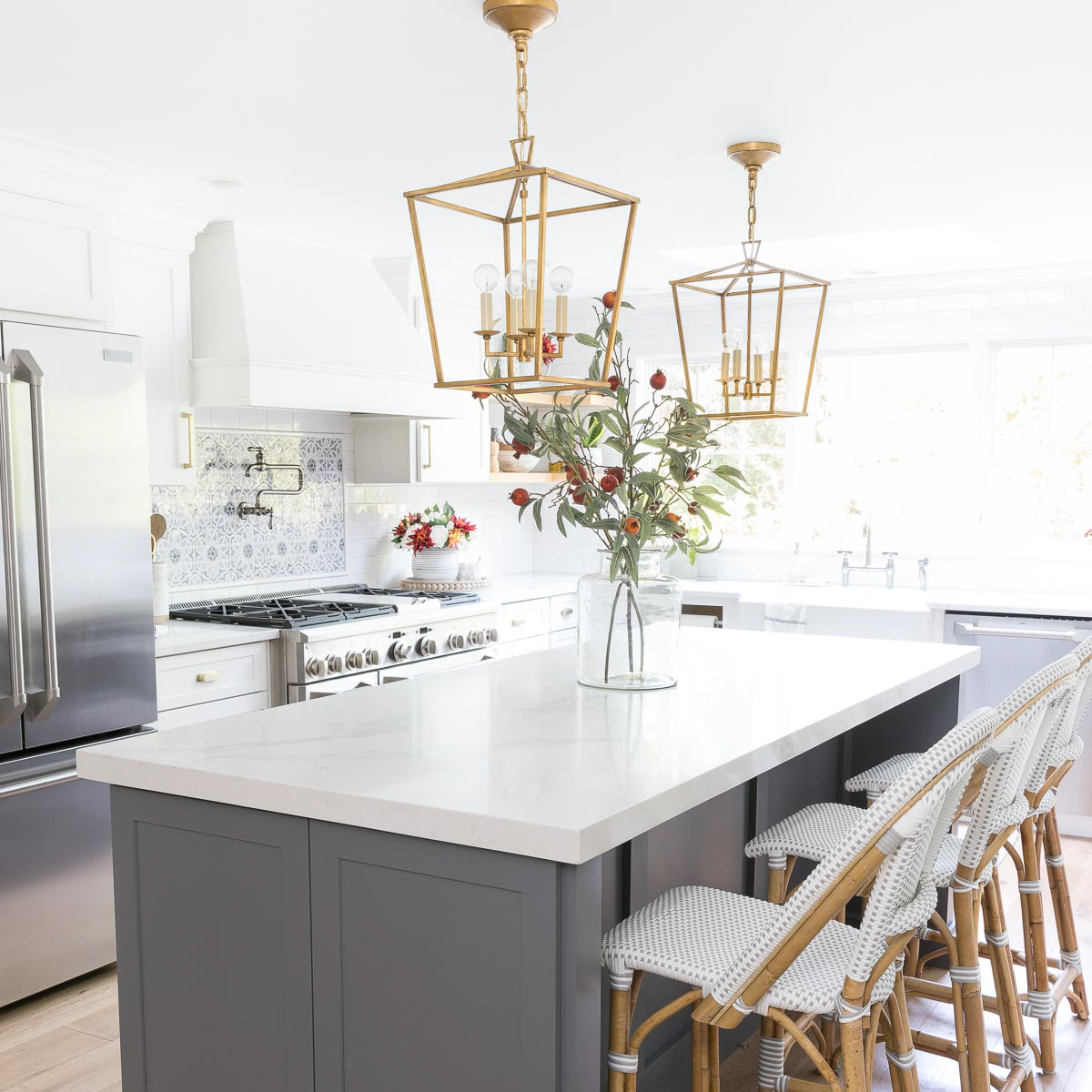Introduction
Wabi Sabi is the Japanese aesthetic philosophy that embraces the beauty of imperfection, transience, and authenticity. It celebrates the natural world and humbly accepts the cycle of life and death. The Wabi Sabi aesthetic has gained popularity around the world, and now it is also influencing exterior design.
What is Wabi Sabi Exterior Design?
Wabi Sabi exterior design refers to the design of outdoor spaces that embrace the Wabi Sabi philosophy. Such design features elements that appear rough, unpolished, and natural. Wabi Sabi design discourages the excessive use of synthetic materials and emphasizes the use of natural materials, such as wood, stone, and clay.
Embracing Imperfection
In Wabi Sabi design, imperfection is seen as a beauty that adds character, depth, and warmth. The surfaces in Wabi Sabi exteriors may show signs of aging, wear and tear, and weathering. Stones may have cracks, wooden walls may have knots, and glazed pottery may have irregularities. Such imperfections are not seen as flaws but are celebrated as unique qualities that add texture and personality to the exterior.
Nature-Inspired Design Elements
Wabi Sabi design emphasizes the harmony between human-made objects and the natural world. Design elements in Wabi Sabi exteriors are inspired by nature, such as stones, plants, and water. The facade may include natural materials like raw stones or textured natural surfaces like wooden siding. The garden may feature untrimmed plants, a natural-looking pond, or a stone path.
The Beauty of Transience and Authenticity
Wabi Sabi design celebrates the beauty of transience, accepting the cycle of life and death. It respects the authenticity of materials and objects, allowing them to grow, decay, and transform over time. In Wabi Sabi exteriors, the design may include features that show the passage of time. A rusted metal gate or a vine-covered garden trellis may represent the beauty of age and transformation.
Examples of Wabi Sabi Exterior Design
Wabi Sabi exterior design can be seen in various forms, from traditional Japanese-inspired garden design to contemporary rustic-style homes. Here are some examples of Wabi Sabi exterior design.
Natural Wood Exterior with Earthy Elements
This home features a facade composed mainly of natural wood with a weathered finish, giving it an organic and understated appearance. The garden features untrimmed shrubs, wildflowers, and a natural-looking pond.
Stone Exterior with Rustic Accents
This home uses stone as the primary material, emphasizing the texture and color variations. The exterior is adorned with rustic accents like a worn wooden door and a vine-covered trellis. The garden features a mix of native plants, rocks, and gravel, creating an earthy and natural atmosphere.
Contemporary Home with Wabi Sabi Twist
This contemporary home integrates Wabi Sabi elements like an unpolished concrete facade and exposed metal structures. The garden features a simple, uncluttered design, with plants and rocks arranged in a natural arrangement.
